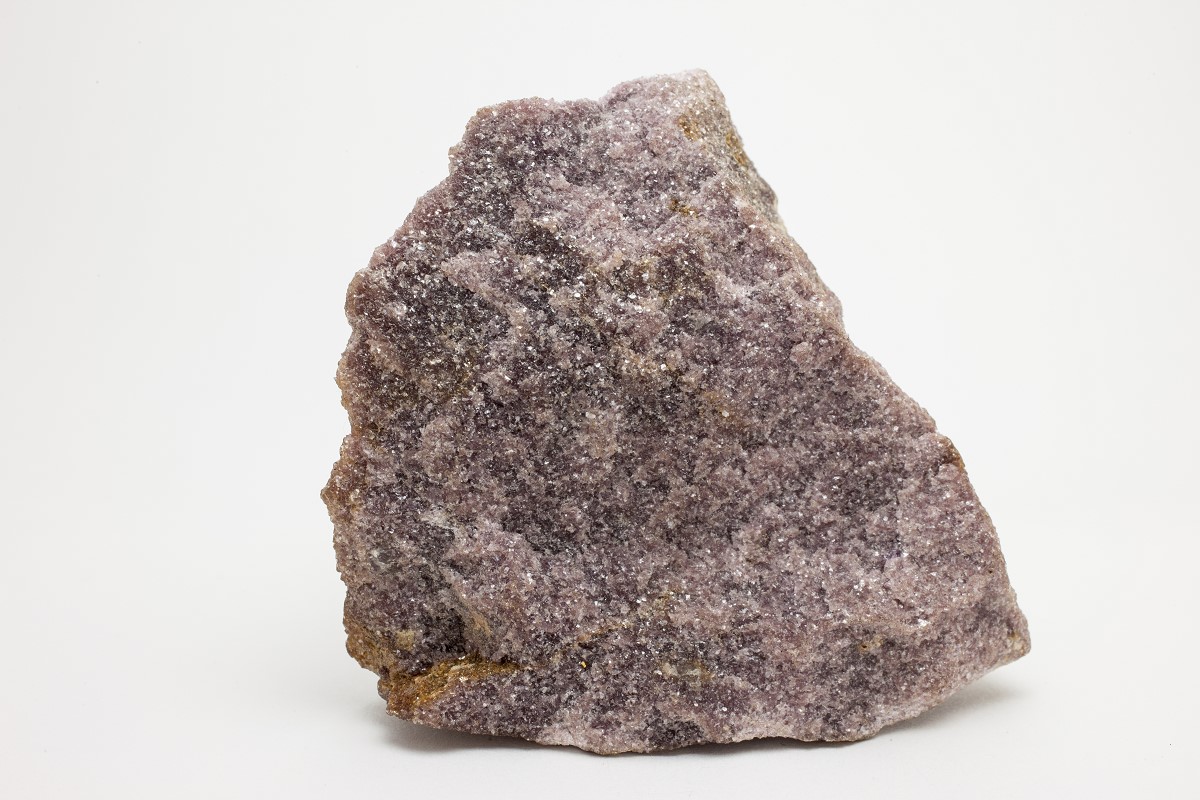
Rubidium is a fascinating element that often flies under the radar. Found in the alkali metal group, this soft, silvery-white metal has some pretty cool properties and uses. Did you know that rubidium is highly reactive, even more so than its cousin potassium? It can ignite spontaneously in air and reacts violently with water. Rubidium is also used in atomic clocks, which are among the most accurate timekeeping devices in the world. This element even has applications in medicine, particularly in treating certain types of epilepsy. Ready to dive into 50 intriguing facts about this lesser-known but incredibly interesting element? Let's get started!
What is Rubidium?
Rubidium is a fascinating element with unique properties and uses. This soft, silvery-white metal belongs to the alkali metal group in the periodic table. Let's dive into some intriguing facts about rubidium.
- Rubidium has the atomic number 37.
- It was discovered in 1861 by Robert Bunsen and Gustav Kirchhoff.
- The name "rubidium" comes from the Latin word "rubidus," meaning deep red.
- Rubidium is the second most electropositive element, after cesium.
- It is highly reactive and can ignite spontaneously in air.
- Rubidium reacts violently with water, producing hydrogen gas and heat.
- It is found in minerals like lepidolite, pollucite, and carnallite.
- Rubidium is not found as a free element in nature.
- It has two naturally occurring isotopes: rubidium-85 and rubidium-87.
- Rubidium-87 is radioactive with a half-life of about 49 billion years.
Physical Properties of Rubidium
Rubidium's physical characteristics make it stand out among other elements. Here are some key physical properties of rubidium.
- Rubidium has a melting point of 39.3°C (102.7°F).
- Its boiling point is 688°C (1270°F).
- Rubidium is one of the softest metals and can be cut with a knife.
- It has a density of 1.532 grams per cubic centimeter.
- Rubidium's atomic radius is 248 picometers.
- The metal has a body-centered cubic crystal structure.
- Rubidium exhibits a bright, silvery luster when freshly cut.
- It tarnishes quickly in air due to oxidation.
- Rubidium has a specific heat capacity of 0.363 J/g·K.
- It is paramagnetic, meaning it is attracted to magnetic fields.
Chemical Properties of Rubidium
Rubidium's chemical properties are equally intriguing. Its reactivity and behavior in different environments make it a subject of interest for scientists.
- Rubidium forms a variety of compounds, including oxides, halides, and sulfates.
- It reacts with halogens to form rubidium halides, such as rubidium chloride.
- Rubidium hydroxide is a strong base, formed when rubidium reacts with water.
- It can form alloys with other alkali metals like potassium and cesium.
- Rubidium reacts with hydrogen to form rubidium hydride.
- It can reduce metal oxides to their respective metals.
- Rubidium forms amalgams with mercury.
- It can react with organic compounds to form organorubidium compounds.
- Rubidium nitrate is used in fireworks for a purple color.
- Rubidium can form complexes with crown ethers and cryptands.
Uses of Rubidium
Despite its reactivity, rubidium has several practical applications. Its unique properties make it valuable in various fields.
- Rubidium is used in atomic clocks for precise timekeeping.
- It is employed in the production of special glasses.
- Rubidium is used in the manufacture of photocells and photomultiplier tubes.
- It serves as a getter in vacuum tubes to remove residual gases.
- Rubidium is used in research for studying atomic behavior and quantum mechanics.
- It is utilized in the production of rubidium vapor lasers.
- Rubidium can be used in ion engines for spacecraft propulsion.
- It is used in the medical field for positron emission tomography (PET) scans.
- Rubidium salts are used in biochemistry for various assays.
- It is employed in the study of cold atoms and Bose-Einstein condensates.
Fun and Lesser-Known Facts about Rubidium
Rubidium has some quirky and lesser-known aspects that make it even more interesting. Here are a few fun facts about this element.
- Rubidium is more abundant in the Earth's crust than lithium.
- It is the 23rd most abundant element in the Earth's crust.
- Rubidium can be used to create purple fireworks.
- It has been used in experimental ion engines for space travel.
- Rubidium vapor can be used to create Bose-Einstein condensates at ultra-cold temperatures.
- It was first identified through its spectral lines, which are bright red.
- Rubidium can be used to trap and cool atoms for quantum computing research.
- It is sometimes used in the production of specialty glasses and ceramics.
- Rubidium has potential applications in the development of new materials and technologies.
- Despite its reactivity, rubidium is relatively safe to handle in small quantities under controlled conditions.
The Final Word on Rubidium
Rubidium, with its unique properties and fascinating applications, stands out in the periodic table. From its use in atomic clocks to its role in medical imaging, this element proves invaluable in various fields. Its reactivity with water and distinctive flame color make it a subject of interest for both scientists and enthusiasts.
Understanding rubidium's versatility helps appreciate its impact on technology and science. Whether it's improving GPS accuracy or advancing quantum research, rubidium's contributions are significant.
As we continue to explore its potential, rubidium will undoubtedly play a crucial role in future innovations. So, next time you hear about this alkali metal, remember its remarkable characteristics and the many ways it enhances our world.
Was this page helpful?
Our commitment to delivering trustworthy and engaging content is at the heart of what we do. Each fact on our site is contributed by real users like you, bringing a wealth of diverse insights and information. To ensure the highest standards of accuracy and reliability, our dedicated editors meticulously review each submission. This process guarantees that the facts we share are not only fascinating but also credible. Trust in our commitment to quality and authenticity as you explore and learn with us.


